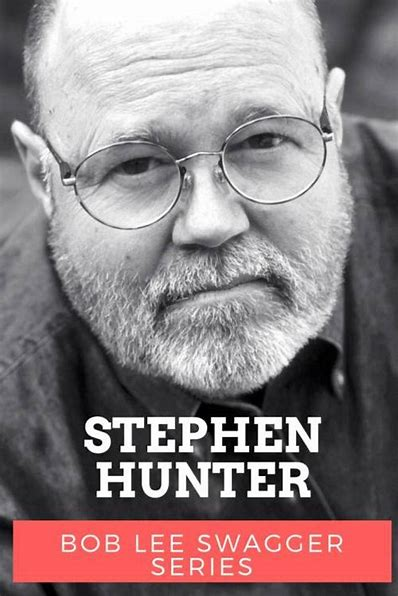
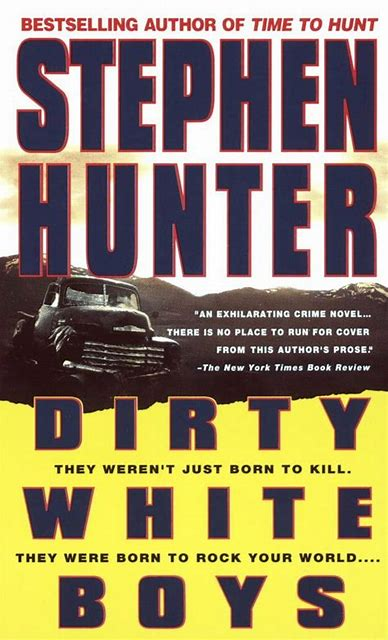
I don’t remember when I read my first Stephen Hunter book, but it was probably late 90s or early 2000s because it was Blacklight, which was published in 1996. I’d stumbled across it somewhere, probably the library. I then read Dirty White Boys and Hot Springs and became a fan of Bob Lee Swagger (Bob the Nailer, as he was known in sniper circles) and his gunfighter Dad, Earl. So I was only slightly surprised to find that I have eight Stephen Hunter novels in my collection, some of them unread, and decided to do something about that. They are now read.
I tried to follow the sequence of both lives, which is somewhat confusing because Bob and Lee will show up in the same novel. And there’s relatives and recurring characters and children and others popping up here and there so you need a scorecard to know the players. And there’s some stand-alones. So, best I can figure:
1. Soft Target. The latest novel, in terms of publication, that I own, coming out in 2011. There are characters in this who I never encountered before, like Ray Cruz, who turns out to be Bob Lee’s son and an Army sniper to boot. Chip off the old block. Cruz is introduced in the previous novel, Dead Zero. Which I have not read. Ray and his girlfriend, Molly Chan, are out doing pre-Thanksgiving shopping in America, the Mall – not to be confused with the Mall of the Americas – when a terrorist group attacks, shooting Santa in the head and herding the rest of the shoppers into the center courtyard as hostages. Not Ray and Molly; they manage to hide out in a store, avoiding capture, but it’s just a matter of time before the terrorists run them down. So what’s a red-blooded expert sniper to do in this situation?
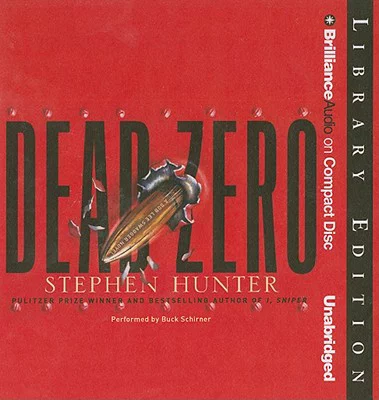
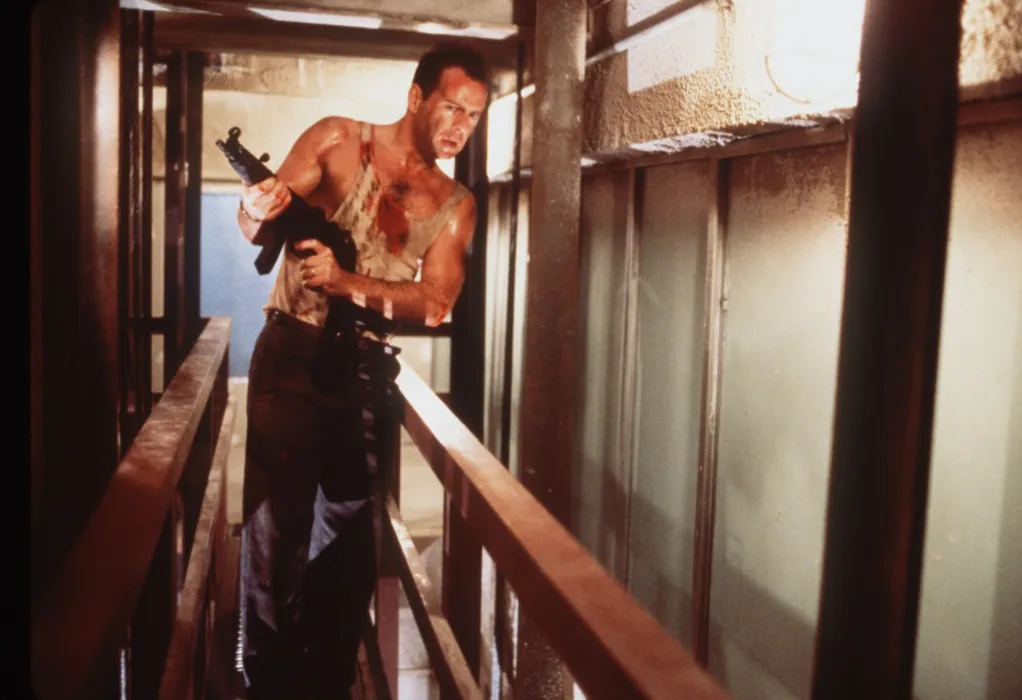
At first, I rolled my eyes because, oh brother, terrorists take over something and there’s a true blue American hero in the crowd, a la Die Hard, and I was already tired by the first few pages. But, then it grabbed hold of me through some rather credulity-stretching incidents that were just fun and I couldn’t put it down, moving from one unbelievable scenario to another. I don’t know if I was admiring Hunter’s plotting or sheer cheek, but I liked it. It’s a very fast read, because the action is quick and continuous and you just want to see what happens next.
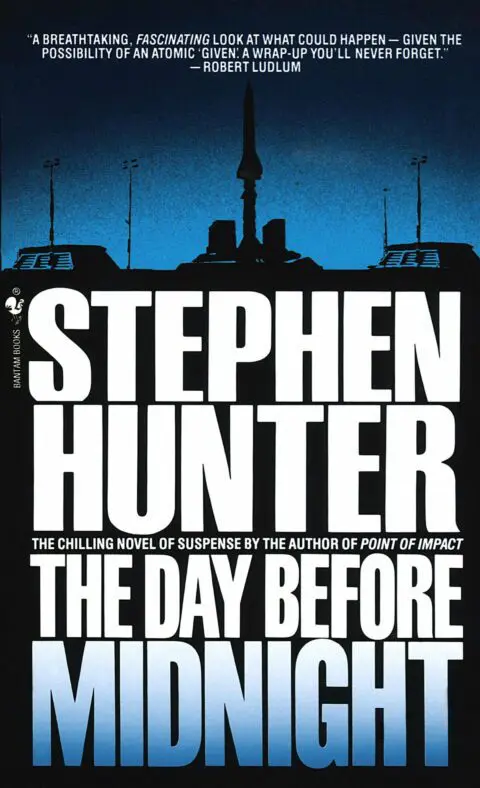
2. The Day Before Midnight. I read this several years ago and didn’t really like it but here it is in my collection so I decided to re-read it and, well. I can’t really say why I didn’t like it the first go-around; something about the implausibility of the events, I suppose. But it’s a Stephen Hunter; implausibility is the base.
In this one, the US has built a Titan missile silo in the Virginia mountains that has an independent launch capability because command and control of the more modern Minutemen can be compromised. The US keeps the Titan up its sleeve as a doomsday weapon designed to take out the Soviet leadership bunkers. So, if you’re a maniac intent on starting a war between the Sovs and the Yanks, where would you go to launch 10 MIRVs at an unsuspecting Politburo?
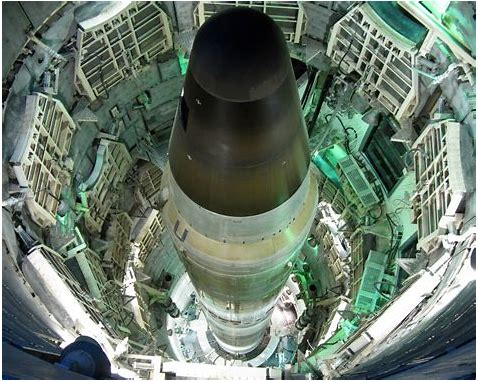
An elite and fanatical group of Russian Spetznatz, led by a crazed Soviet general, attack the silo intent on launching the Titan to purify the world by fire so that a new version of the proletarian utopia can emerge. Man, these do-gooders, always burning the world to a cinder to make it a better place. The unit takes over with remarkable speed and efficiency, else you wouldn’t have much of a novel here, and all the general has to do is obtain the launch keys from the two hapless duty officers and he’s in business. Except one of the officers, under a hail of gunfire, manages to toss his key into a titanium safe that requires several hours of welder work to get open. So the general has a local welder kidnapped and the race is on: will the general reach the key before the ad hoc American response force, led by a disgraced American general, penetrates the defenses?
This really wasn’t that bad. The action was excellent, if somewhat implausible, as I had already discovered upon an earlier reading. But at this point in my life, implausibility is less of a disqualifier. After all, I’m still walking around.
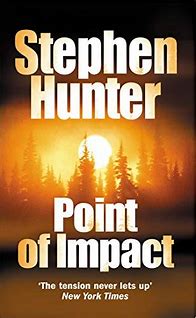
3. Blacklight. This was the first Stephen Hunter book I read, where I was introduced to Bob the Nailer, although this book is not the first one to introduce the character. That was Point of Impact, which inspired the movie Shooter, which I have not seen. Nor have I read Point, which seems a deficit in my Hunter education. Must attend to that.
All I remembered about this book was that a rattlesnake is an important plot element, and that I did enjoy it. Both were confirmed on the re-read, but I noticed more this time the implausibilities that seem to arise in a Hunter story. In this case, someone who willingly goes to the electric chair because of an unwillingness to reveal some civil rights activity going on in Arkansas. Bit excessive, that, as is the need to shoot Bob’s father, Earl Lee Swagger, who is a state trooper and has unwittingly tumbled upon a crime that threatens to undo some of those civil rights activities. I think. It’s not really clear what that has to do with Earl’s death.
Which is the main story here. In the 1950s. Earl is shot to death while effecting an arrest of two lowlife gunmen: Jimmy Pye, local football hero and husband to the head cheerleader who is just mean through and through, and Bub, his cousin, a sad sack who will do anything Jimmy tells him, include shoot up a grocery store and kill a lot of people, one of them a police officer. After making a complete mess of it, Jimmy calls Earl and arranges surrender, which does not come off as planned. Earl ends up shooting the two of them because Jimmy has set this up as an ambush, not a surrender. Earl, though, survives the ambush. And then he doesn’t.
Twenty years later, Bob Swagger is living incognito in Arizona after the events of Point of Impact when a down-on-his-heels wannabe reporter, Russ, tracks him down. Bob wants nothing to do with Russ until Russ says he wants to write a book about Earl, not Bob, which intrigues Bob and he agrees to accompany Russ back to Blue Eye to help with the research. Russ has ulterior motives, as you figure. Bob stumbles across some information which casts doubts on the official story of his father’s death, stirring some rather dangerous people to respond. Hence, the rattlesnake.
Have to read it to see what that’s about.
There is a character named Frenchy Short in this book who figures in the next one, Hot Springs, but there’s a bit of an anomaly here. Frenchy doesn’t seem to recognize Earl, when he should.
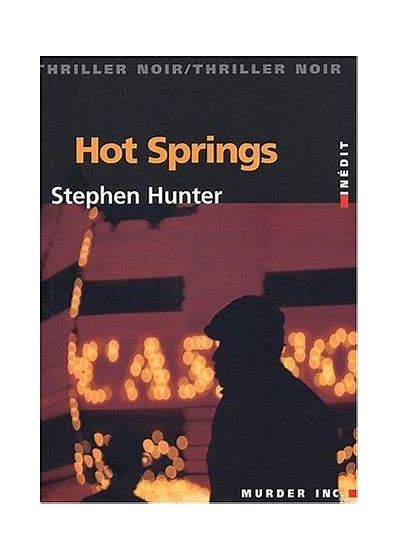
4. Hot Springs. Probably a more probable tale than the others up to now, this is an Earl Lee Swagger story, with appearances by Earl’s Dad, Bob’s grandad, an all-around rotten SOB whose ultimate fate becomes a point of contention in the story. How is that Earl knows Hot Springs so well, a town he claims to have never visited?
Back in the good old days, Hot Springs was hot with gambling and prostitution and addiction and every other vice you can think of, including a Central Book for distributing horse racing results. This story is based on the Veteran’s Revolt, when GIs returning from WW2 organized a takeover of the town from thoroughly corrupt politicians, succeeding in driving them out but, ultimately, failing to clean up the place.
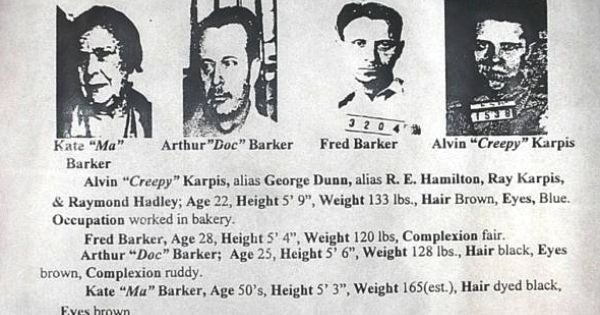
An ambitious DA, Fred Becker, with sights on the governor’s office, decides that cleaning up the illegal gambling and corruption in Hot Springs is his ticket. He recruits retired FBI agent D. A. Parker, famous for shooting it out with the Ma Barker gang, to build a squad of shooters to conduct raids on the various gambling houses owned by gangster Owney Maddox. Parker recruits Earl Swagger, newly returned to Arkansas from the Pacific War sporting the Medal of Honor for actions on Iwo Jima, to train the squad in gunfighting techniques. Which he does. And which break out all over the place, gunfights becoming wilder with each raid, even one involving a WW1 Maxim machine gun. And the fights become even more improbable, including the last one where Earl single handedly takes on what’s left of Maddox’s gang.
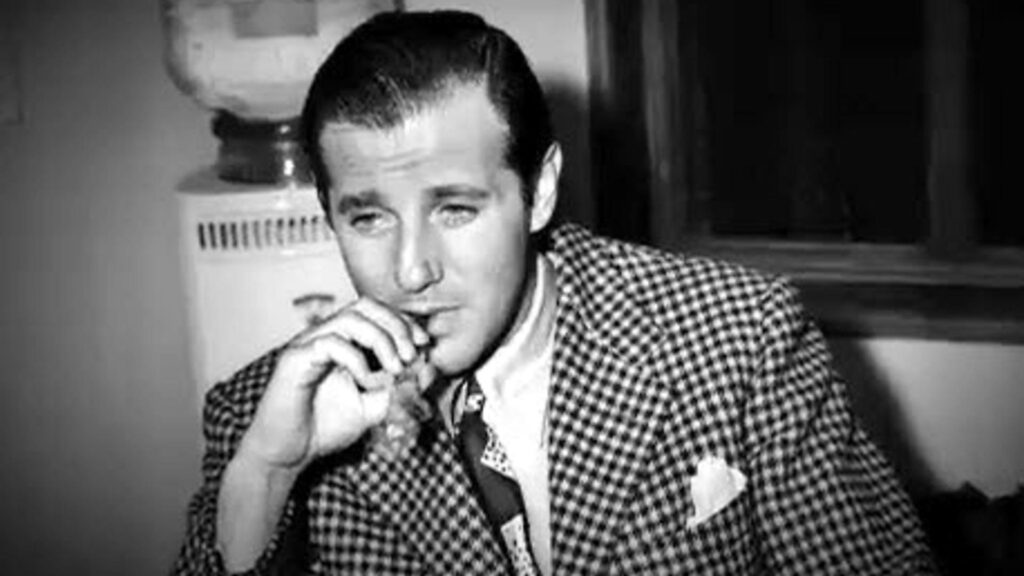
There’s a lot of recognizable people in this, including Bugsy Siegel (who has a personal beef with Earl), Mad Dog Cole, Lucky Luciano, and even a thinly disguised future stepfather of Bill Clinton. Owen Maddox is the thinly disguised Owney Madden, the real-life crime boss of Hot Springs, who lived to a ripe old age. Unlike Maddox.
One of the squad members Earl trains is the aforementioned Frenchy Short, and we get a long look at him and you won’t like what you see. But there is a lot of personal contact with Earl that marks Frenchy’s appearance in Blacklight somewhat puzzling.
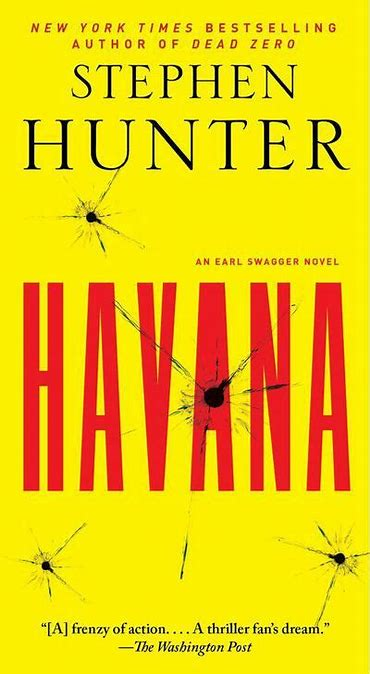
5. Havana. Of all of them so far, this is the one that stretches credulity to the breaking point. Imagine a CIA competent enough to recognize a security threat before it materializes. But also recruits an Arkansas state trooper to carry out an assassination in Cuba. Oh, c’mon.
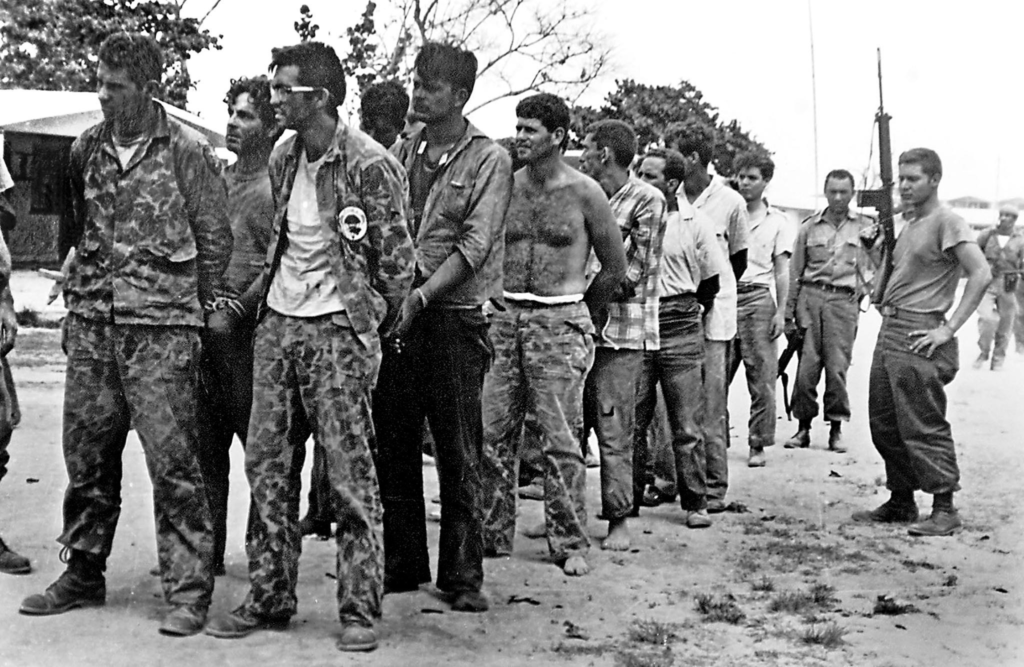
But that’s what happens. Frenchy Short ended up on his feet working for the Agency after the debacle in Hot Springs and an opportunity comes up to eliminate Fidel Castro. This is 1953, and Castro has not achieved his later prominence but is a mouthy speechifying lawyer annoying United Fruit and Meyer Lansky. Hardly anything more than an irritant but, for reasons that are mysterious, the local CIA field office decides he needs to be eliminated before he becomes a real Commie threat. It is to laugh. The CIA wouldn’t know a threat if it banged them over the head with the Berlin Wall. And we already know how well CIA operations in Cuba turn out.
At any rate, Frenchy recommends that they hire Earl Swagger way off there in Blue Eye to do the job and, really? someone well outside the agency with a penchant for telling the truth? Yes, because Frenchy thinks Earl walks on water and is the best shot in the world and maybe wants to make up some kind of amends for stabbing him so royally in the back. I guess. It is quite a stretch but Earl is given cover as a bodyguard for visiting Congressman Hollis Etheridge (who will figure later in Blacklight) conducting a fact finding mission in Havana … one that involves all the brothels he can visit. Earl takes on the CIA mission and gets royally stabbed in the back because, hey, the Agency. History proves Earl never does take the shot against Fidel, although he’s got him in his crosshairs and, well, you’ll have to read it to find out why.
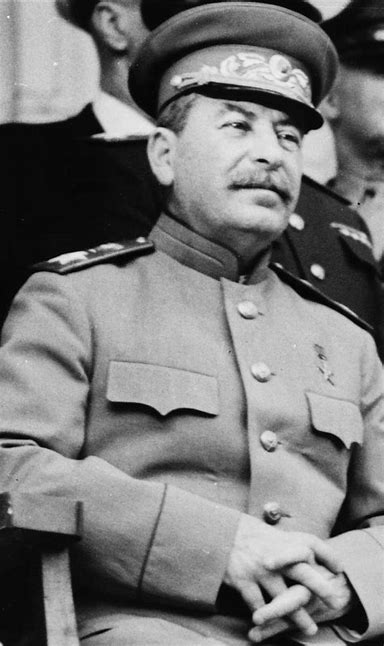
The most interesting character is the KGB agent Speshnev, languishing in a gulag in the beginning of the book because, Stalin. He is unceremoniously pulled out and sent to Cuba to nurture the budding revolutionary, Fidel. Ah, you know, sorry about all that gulag freezing and cockroach eating you had to do, comrade, but let’s let bygones be. Speshnev has the best lines in the book, especially when he’s pointing out the ironies of his situation. He becomes very important to Earl, and I certainly hope he shows up in future novels.
And would somebody just shoot Frenchy Short?
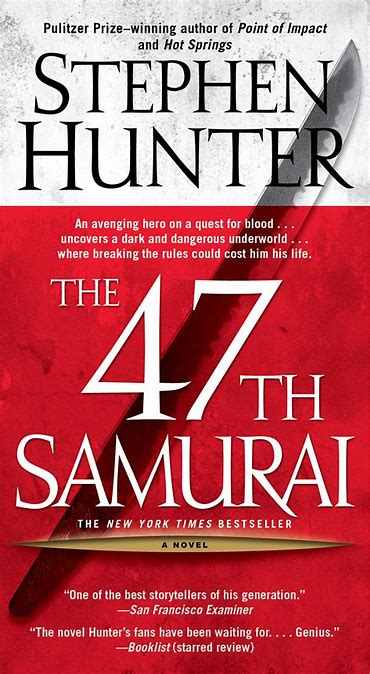
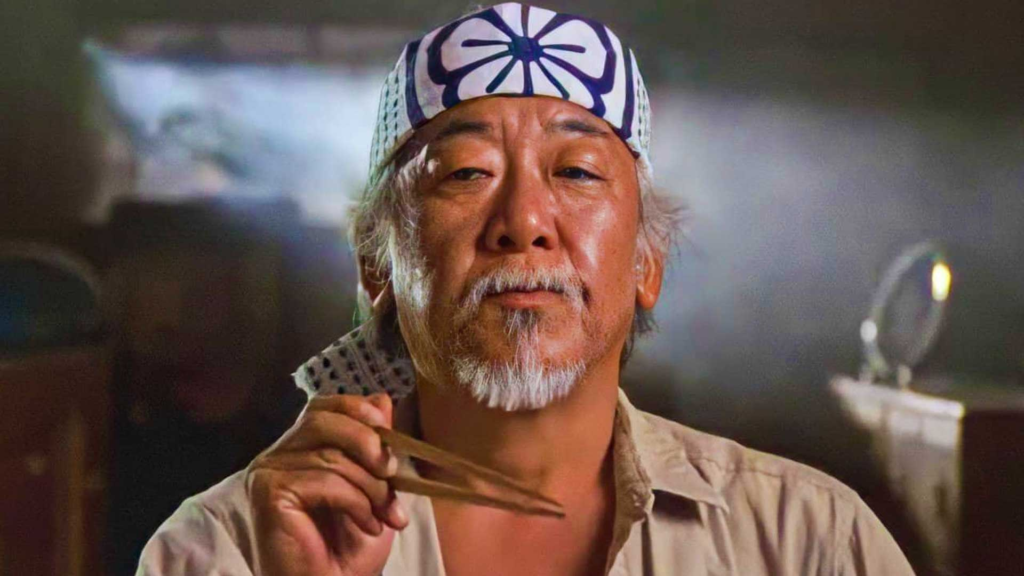
6. 47th Samurai. I was wrong, there is another Stephen Hunter book that stretches credulity well past the breaking point. Imagine a middle aged white guy who takes one week of samurai sword lessons and is able to stand up to yakuza members who’ve been wielding swords their entire lives. I guess Mr. Miyagi taught him.
While sitting around minding his own business, Bob is contacted by a Japanese man, Phil Yano, who believes Bob’s father, Earl, may have taken a sword from Iwo Jima that belonged to Phil’s father, and he was wondering if Bob’s got it and would he be willing to give it back. Sure, why not, except Bob doesn’t have it and really doesn’t know where it went. So Phil goes back to Japan and Bob, in what turns out to be a surprisingly easy search, finds a cousin in possession of the sword. So Bob decides to take it to Japan and give it to Phil because that’s just the kind of guy Bob is.
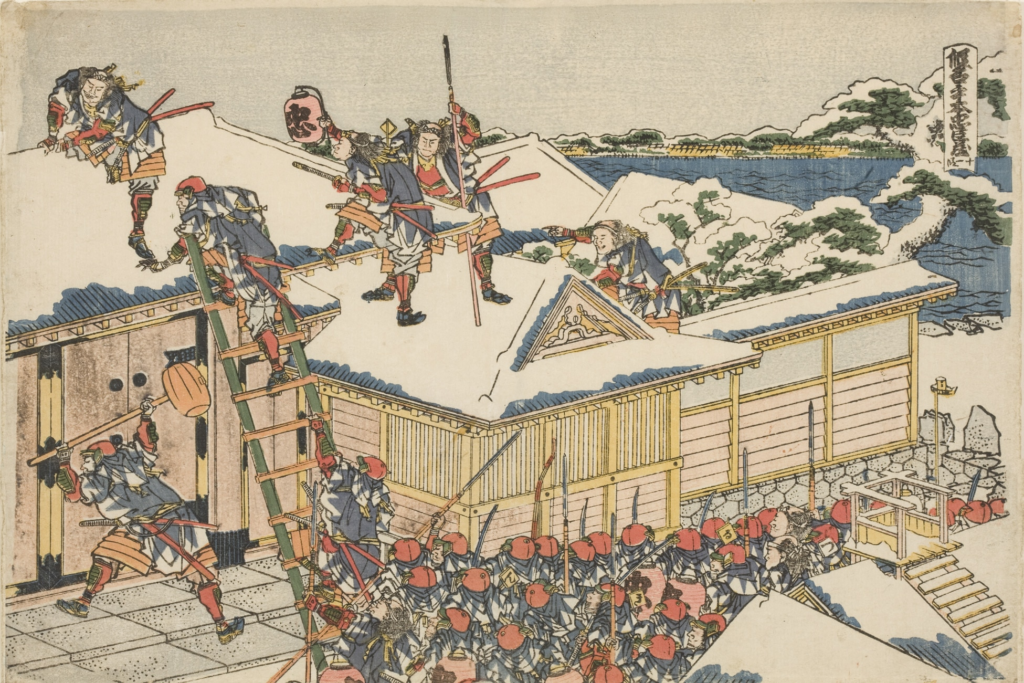
Turns out the sword is a bit more than ye standard samurai; it’s actually a very famous sword that belonged to the 47th samurai of the legendary 47 Ronin story. Phil discovers this while getting the sword back into shape. A yakuza pornographer gets wind of it and, well, very bad things happen, culminating in the rather unbelievable duel between Bob and others. There’s a lot of other unbelievable aspects to the story, such as the pornographer needing the sword because it gives him a leg up on some big vote to determine whether Japanese pornography remains Japanese or they let blonde American bimbos in. I’m not kidding.
Got to give Hunter credit, he does his research, and you’re going to find out more about samurai swords than you ever wanted. At some points, Hunter is just showing off.
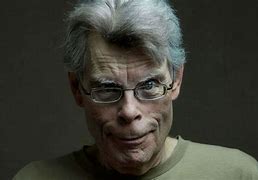
At this point, I’m wondering if Hunter is succumbing to Stephen King disease: trading on his name and phoning it in.
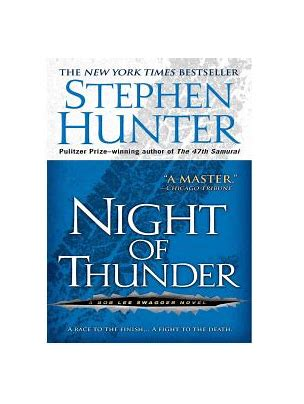
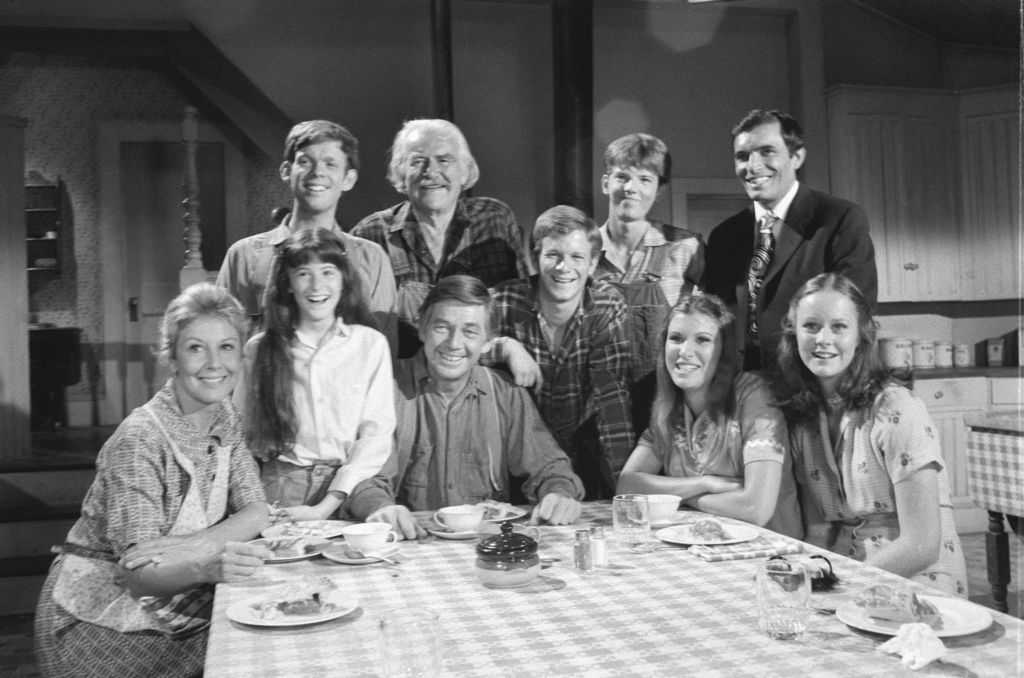
7. Night of Thunder. Published in 2008 and the fifth Bob Lee, this is Bob at NASCAR and, I swear, you read this in the voice of Ralph Waite at his most Waltonish. I don’t know if Hunter is trying for a folksy downhome sound or he felt like he had to coarsen it up because, well, NASCAR people. MAGA people. How revolting. Bob Lee’s daughter, Nikki, is an intrepid reporter for the Daily Planet … er … some local Arkansas gossip sheet when she is deliberately run off a mountain road by a professional killer called the Sinnerman, who specializes in flipping his target’s vehicles over in such a way the whiplash snaps the neck. Clean kill, looks like an accident, off we go. Except Nikki has NASCAR level skills herself and manages to evade Sinnerman’s direct attack and simply plunges down a slope, which does put her in a coma.
Bob Lee is way off in Idaho when he hears and immediately thinks some past enemy has come for revenge, and, really dude? Center of the universe much? So, he rushes off to rescue his daughter and immediately launches one of the most incredible investigations known to the annals, able to simply look at a set of narrow tracks in the woods and know what it’s for, how long ago the machine was there, who was operating it and what they had for breakfast. Well, no, I exaggerate, but not by much. And in defense, it’s not Bob doing the concluding but various NASCAR drivers and crewmen who can look at all the tracks and interpret them for him so, yeah, maybe this is legit.
The NASCAR event that forms the base for all this is the Bristol 500, held at the Bristol Speedway in, well, Bristol. Apparently Hunter really likes NASCAR, whether from a fan or anthropological point of view I can’t really tell. He gives a lot of detail about race day and the crews and the fans and the hoopla, but he sounds more fascinated than judgmental, like a Northwestern grad stumbling into a tent revival. And there is a tent revival of sorts, a Baptist summer camp that is not what it seems. Bob moves adroitly from one insignificant clue to another, pulling the entire plot together with an amazing insight and intuition that would leave Sherlock Holmes astounded.
Just go with it.
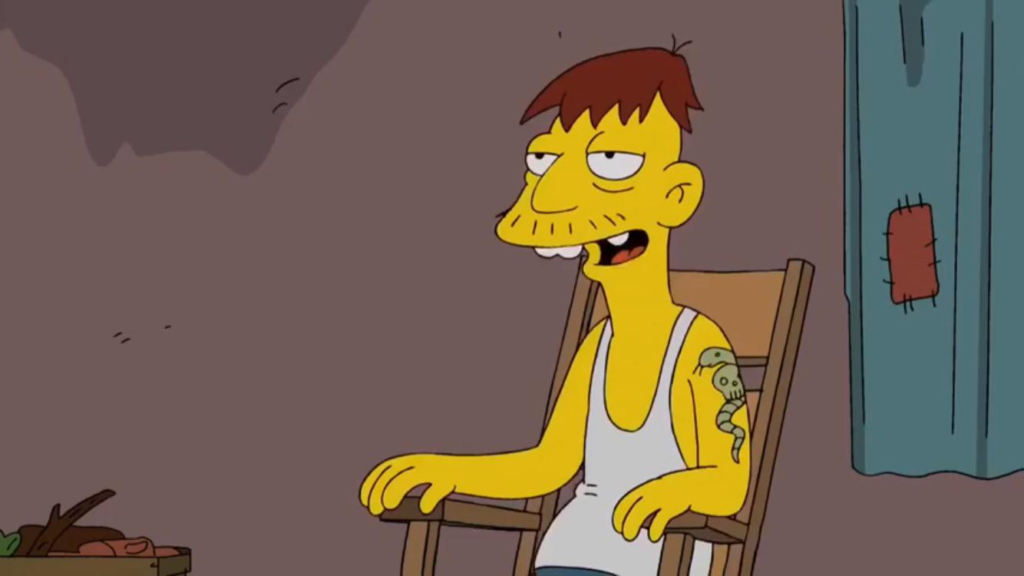
The Grumley’s are back, the cornpone inbred slope-browed crime family that Bob’s father, Earl, tangled with in Hot Springs. Odd that the Grumley’s don’t know who Bob is, given their propensity for generations-long feuds. The conversations between the Grumley’s and the Sinnerman and the preacher are astoundingly rich in depth and provide irony and subtlety mixed with downhome folksiness, probably what a Northwestern graduate thinks the people of these demographics sound like.
There’s a passage where Bob Lee sort of addresses the improbabilities of the 47th Samurai. I guess Hunter realizes he screwed the pooch on that one.
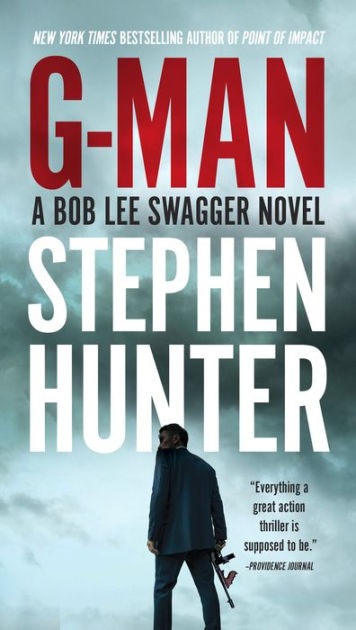
8. G-Man. Further evidence that a book series must be constantly fed with new and better plot lines and characters and this time we mine a previously unmined vein, that of Charles Lee Swagger, Earl’s father, Bob’s grandfather who has been presented in previous books as an odious, abusive horror show of a subhuman, but not here. Nope. He’s a hero. Are we just supposed to ignore all the previous characterizations for the sake of series continuation? I suppose.
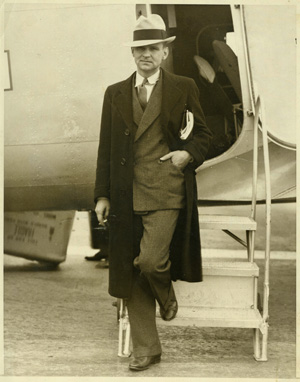
Bob Lee has sold his land in Blue Eye and is nevermore to darken its threshold when the developer bulldozing the Swagger homestead for yet another unaffordable housing development discovers an iron box hidden in the foundation. Bob opens it and discovers an old .45 Colt issued to the Post Office back in the 20s, an FBI badge, and a crisp clean uncirculated thousand dollar note. Turns out the .45 was re-issued to the FBI back before they were the FBI and it’s looking very much that Charles Lee worked for them at one time. Bob then sets out consulting the usual suspects to discover the truth.
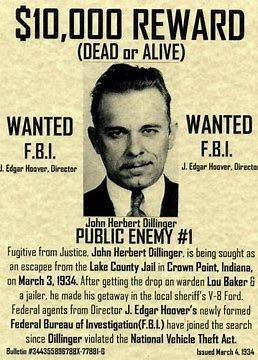
What he discovers is a replay of the novel Hot Springs, where Charles, an uncredited participant in the Bonnie and Clyde ambush, is asked by Mel Purvis hisself to turn Purvis’ newly formed Investigative Unit into gunslingers who can take on John Dillinger, Baby Face Nelson, those guys. And, just like in Hot Springs, Charles simply can’t stay out of the action, taking potshots at Baby Face with the same .45 in the box, and getting into the John Dillinger takedown. Which is kind of off-putting because it is the Hot Springs novel that gives us the clearest picture of Charles as the ogre Earl so fondly remembers. I suppose Hunter felt the need to give him some redemption, but, as we used to say in the USAF, one ‘aw crap wipes out ten thousand attaboys,’ so it’s not going to work.
By this time, I am Hunter’d out, so probably going to give Bob and Earl a bit of a rest. Until I run into another one.